
The Federal Austrian Railways (OBB) offers locomotive branding for companies and organisations. A fun example is this loco branded with the colours of the Austrian police (POLIZEI).
You only see what you know (Goethe)

The Federal Austrian Railways (OBB) offers locomotive branding for companies and organisations. A fun example is this loco branded with the colours of the Austrian police (POLIZEI).
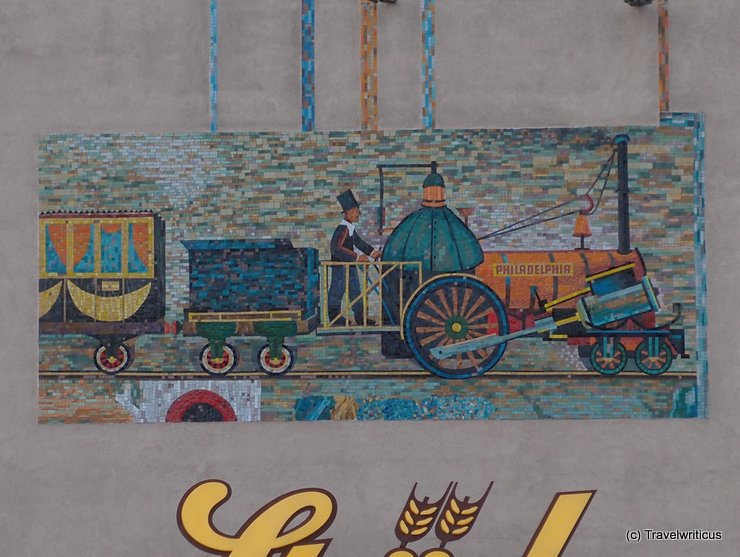
A mural near the railway station Wien Meidling reminds us that one of the first Austrian locomotives originated from the USA. The Norris Locomotive Works in Philadelphia assembled the WRB Philadelphia in 1837.
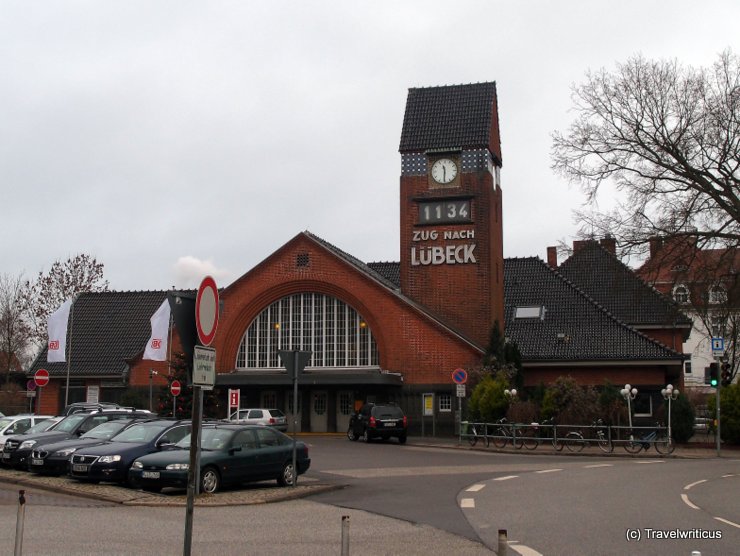
On the 8th day of my InterRail trip, I started from the Strandbahnhof Travemünde. This station is a railhead near the coast of the Baltic Sea. Interesting detail: The digital display doesn’t show the time of day.
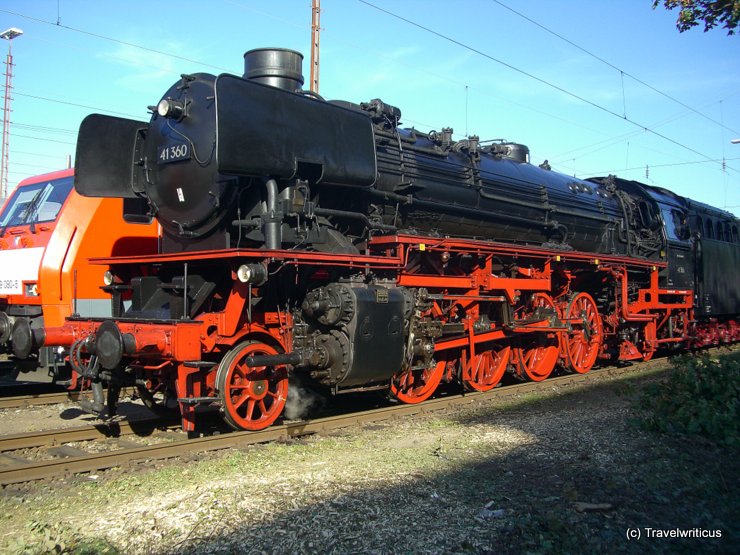
During a parade of historic locomotives in Fürth, this engine of the German Class 41 evoked my attention. Despite being built in 1940, the freight locomotive 41 360 seemed particularly juvenile and elegant to me.

During a bus ride from Annaberg-Buchholz to Schwarzenberg, we pass the Markersbach Viaduct (Markersbacher Viadukt). Since 1889 it spans a side valley of the Große Mittweida in Saxony. Today it is part of a test track. [German]

An interesting detail in the streets of Karlsruhe: The remains of a former dual-gauge railway which used three rails.
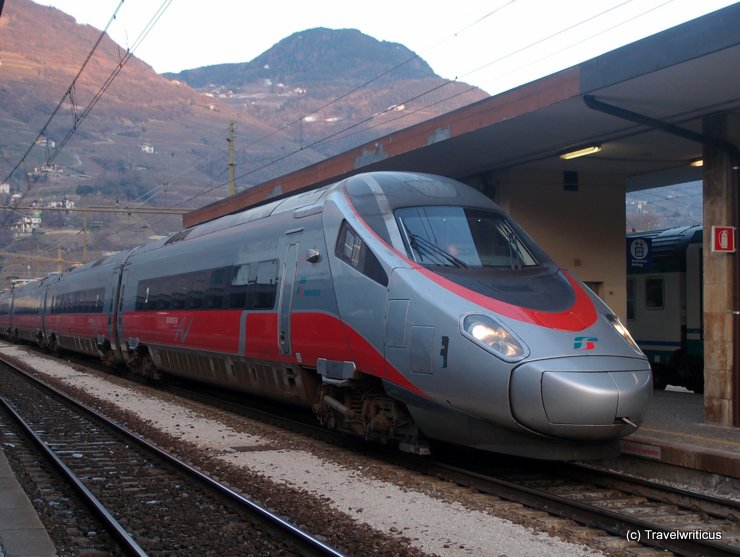
The Frecciargento (top speed of 160 mph) belongs together with the Frecciarossa (190 mph) and the Frecciabianca (160 mph) to the group of Italian high-speed trains. The train depicted above is waiting in the central station of Bolzano for the exit towards Rome. [German]
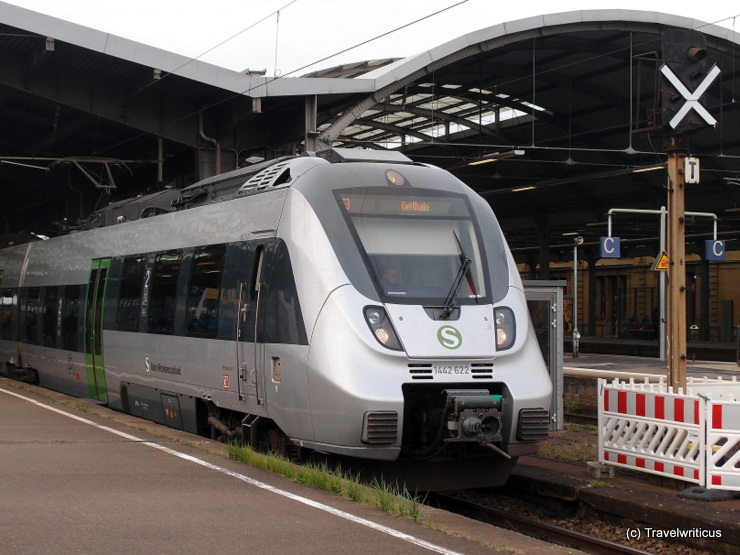
The Talent 2 is a multiple-unit railcar manufactured by Bombardier Transportation. The first trains were produced in 2008. The design of the cab ends made Germans call this type of train Hamsterbacke (hamster cheek). The depicted train is run by the S-Bahn Mitteldeutschland.

An ÖBB 4746 ‘Cityjet’ is leaving the railway station of Bruck an der Mur heading to Graz. This train is a brand-new one. It started to operate in the Austrian rail network on December 13th, 2015.
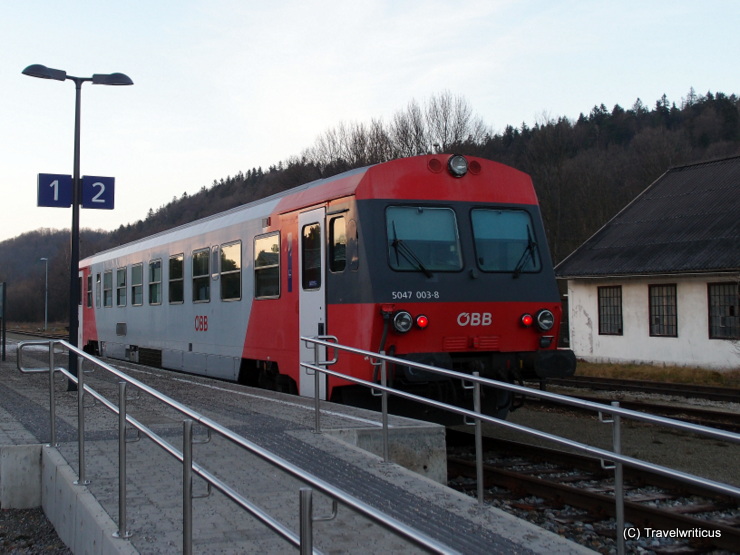
The diesel railcar ÖBB 5047 was produced by the Tyrolean Jenbacher Werke in the years 1987-1995. It replaced several older railcars such as the ÖBB 5144. I few of them were sold to competitors of the ÖBB, e.g. to the Hugarian-Austrian Raaberbahn AG.
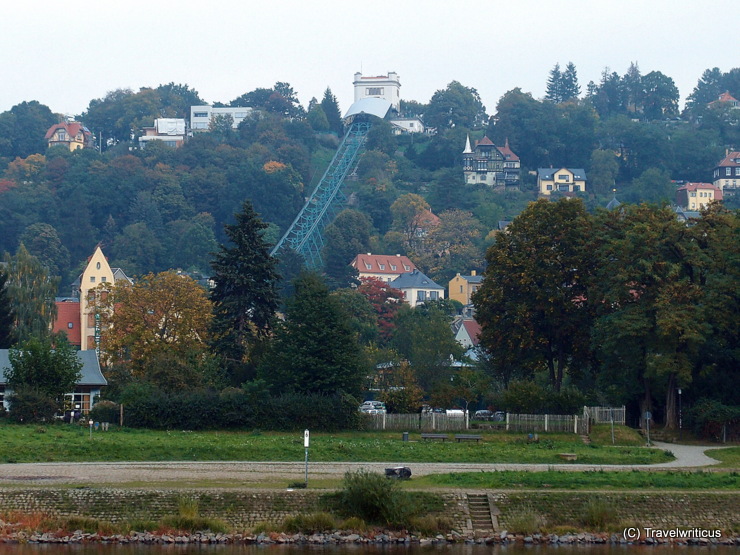
View of the suspension railway connecting the districs of Loschwitz and Oberloschwitz in Dresden. The pic was taken from a passing paddle steamer driving along the river Elbe. The pecularity of this suspension railway (Schwebebahn) is the fact that it is cable-drawn like a funicular railway.